Sciatica Treatment Options: Is Spinal Decompression Right for You?
November 17, 2025
9 min
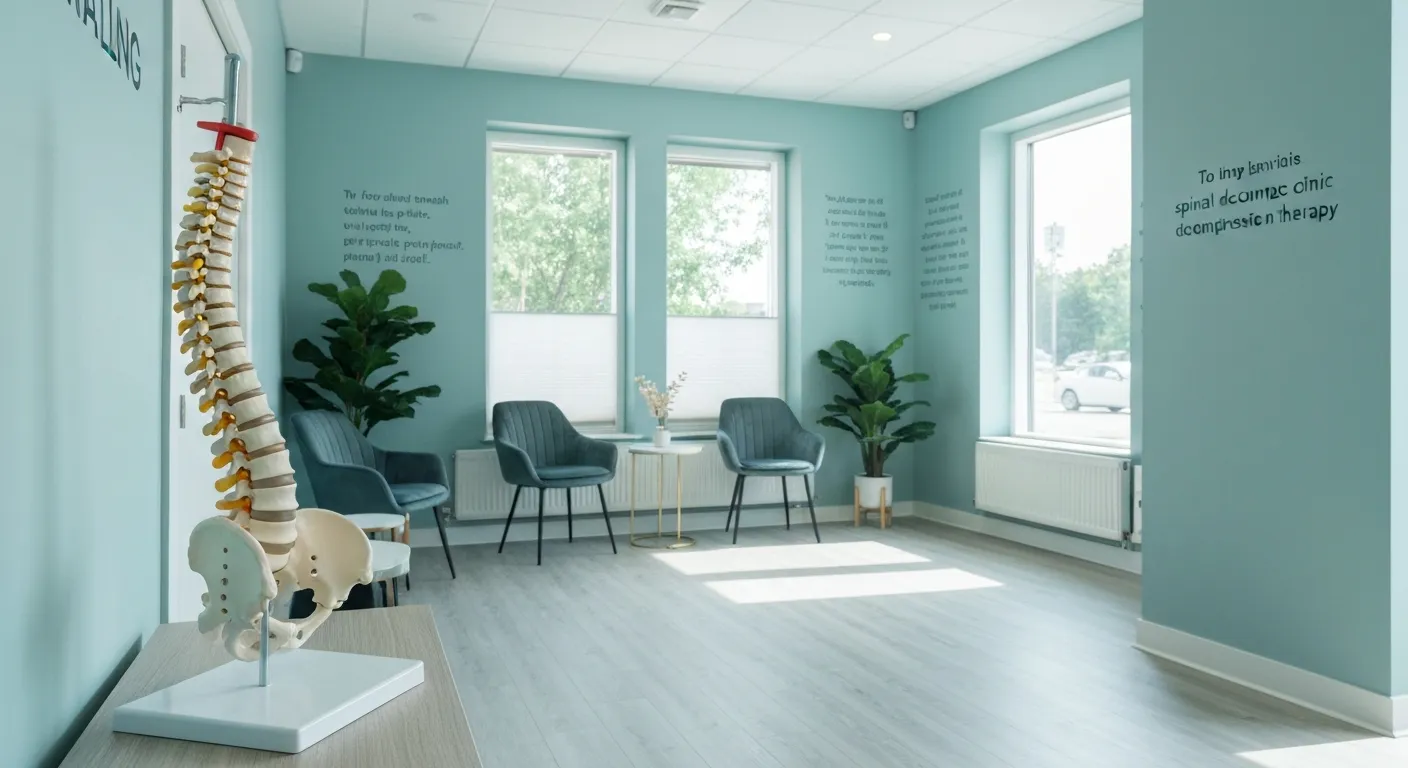
Understanding Sciatica and Its Impact
Definition of Sciatica
Sciatica is a condition characterized by pain that radiates along the path of the sciatic nerve, which runs from the lower back, through the hips and buttocks, and down each leg. It results from irritation, inflammation, or compression of the sciatic nerve, often caused by herniated discs, spinal stenosis, or bone spurs.
Common Symptoms
Symptoms typically include sharp or burning pain, numbness, tingling, and muscle weakness in the affected leg. Pain often worsens with prolonged sitting and may extend from the lower back to the foot.
Causes and Risk Factors
The primary causes include herniated discs, degenerative disc disease, spinal stenosis, and bone spurs. Risk factors that increase the likelihood of developing sciatica include age, obesity, sedentary lifestyle, prolonged sitting, and prior injuries. Jobs involving heavy lifting or long periods of sitting also contribute.
Prevalence and Prognosis
Sciatica affects up to 40% of adults during their lifetime, with incidence increasing with age. Most cases improve within weeks with conservative care; approximately 80-90% recover without surgery. Severe cases involving neurological deficits may require more advanced interventions. Maintaining an active lifestyle and proper posture is essential to support long-term wellness and reduce recurrence.
Traditional and Conservative Treatment Approaches for Sciatica

How is Sciatica Diagnosed?
Diagnosis of sciatica begins with a detailed physical examination, including tests to assess muscle strength, reflexes, and nerve function. Key diagnostic tools comprise the straight leg raising test and imaging methods such as X-rays for sciatica diagnosis, MRI and CT scans when necessary. Electromyography (EMG) may be used to evaluate nerve conduction. Imaging is typically reserved for cases where symptoms persist beyond 6-8 weeks or if red flag signs appear, such as severe neurological deficits.
What Medications Are Used, and What Are Their Limitations?
Medications for sciatica pain often include anti-inflammatory drugs (NSAIDs), corticosteroids for sciatica, muscle relaxants, antidepressants, anti-seizure medications, and opioids for severe pain. However, these medications primarily offer symptomatic relief and should be used cautiously due to potential side effects and limited evidence supporting long-term effectiveness. Opioids, in particular, carry risks of dependency and adverse effects, prompting a preference for non-pharmacologic options.
How Can Physical Therapy and Exercises Help?
Physical therapy for sciatica plays a crucial role in managing sciatica by strengthening core muscles, improving posture, and enhancing range of motion. Targeted exercises like sciatic nerve mobilization, piriformis stretches, and core stabilization contribute to reducing nerve pressure and preventing future injuries. Maintaining an active lifestyle and avoiding prolonged sitting are essential. Therapists may incorporate modalities such as heat and cold therapy, ultrasound, and TENS treatment for sciatica to reduce pain and inflammation.
What Alternative Therapies Are Available?
Alternative therapies, including chiropractic care, massage therapy, acupuncture, and spinal decompression therapy offer additional options for symptom relief. Chiropractic treatment involves spinal adjustments to correct misalignments and relieve nerve compression. Massage helps relax muscles and improve circulation, potentially reducing sciatic nerve irritation. While effectiveness varies, these therapies are generally safe when performed by licensed practitioners and are often integrated with conventional care for a holistic approach.
When is Surgery Considered?
Surgical intervention is reserved for severe or persistent cases where conservative treatments fail, or when neurological deficits such as significant weakness, loss of bladder or bowel control occur. Common surgical procedures include discectomy, laminectomy, and spinal fusion aimed at relieving nerve compression. Surgery offers quicker pain relief but carries risks such as infection and nerve injury. Decision-making balances potential benefits against risks, emphasizing individualized assessment by healthcare professionals.
The Science and Application of Spinal Decompression Therapy

What Spinal Decompression Therapy Entails
Spinal decompression therapy is a non-surgical approach that aims to relieve pressure on spinal discs and nerves. It involves gently stretching and relaxing the spine to create negative pressure within the spinal discs. This negative pressure encourages bulging or herniated discs to retract, thereby easing compression on nerves such as the sciatic nerve. The therapy is delivered using specialized equipment or hands-on manual techniques, designed to improve spinal health by reducing nerve irritation and promoting natural healing.
Mechanical vs. Manual Decompression
There are two primary types of spinal decompression therapy: mechanical and manual. Mechanical decompression uses a computerized traction table, such as the SpineMED system, which provides controlled spinal stretching while the patient lies stabilized on the table. Manual decompression, on the other hand, is performed by a healthcare professional who applies precise, controlled forces to the spine. Both methods target disc retraction and nerve decompression but differ in delivery—mechanical therapy relies on equipment for consistency, while manual therapy allows for customized adjustments by the practitioner.
How Decompression Works on Herniated Discs and Nerve Compression
Decompression therapy creates a vacuum effect inside spinal discs through gentle spinal elongation. This vacuum helps retract herniated or bulging disc material back into the disc space, reducing nerve root compression. By restoring space between vertebrae, decompression decreases pressure on compressed nerves, alleviating symptoms like pain, numbness, or tingling along nerve pathways such as the sciatic nerve. Additionally, decompression enhances blood flow and nutrient exchange to the discs, fostering healing and disc hydration.
Typical Treatment Protocols and Session Details
Treatment with spinal decompression usually includes a series of 15 to 30 sessions conducted over 4 to 6 weeks. Each session lasts less than an hour, often between 30 and 45 minutes. The frequency and duration of sessions are customized based on patient response and condition severity. Patients lie on a specialized table with a harness securing them to ensure precise spinal stretching. Progress is monitored throughout, and treatment plans are adjusted accordingly to optimize outcomes. Details of treatment duration and sessions provide helpful guidance.
Safety Profile and Contraindications
Spinal decompression therapy is considered generally safe, with few associated risks. Mild soreness or discomfort can occur but is typically temporary. However, certain conditions contraindicate the therapy. These include pregnancy, osteoporosis, spinal fractures or broken vertebrae, prior spinal fusion, tumors, spondylolisthesis, and ankylosing spondylitis. Patients with these conditions or those on blood thinners should avoid decompression to prevent complications. Proper patient evaluation by a healthcare professional is essential to ensure suitability and minimize risks.
Evaluating the Evidence: Effectiveness and Limitations of Spinal Decompression for Sciatica

Research studies and reported success rates
Spinal decompression therapy success rates has been reported to have success rates ranging from 71% to 89% in various research studies. For example, a 2007 study presented at the American Academy of Pain Management noted a 50% reduction in pain after just two weeks and an 88.9% success rate at six weeks. MRI assessments further confirm that decompression can reduce herniated disc size and increase disc height, correlating with significant pain relief and improved mobility for many patients.
Methodological concerns in existing studies
Despite promising reports, the quality of supporting evidence is limited. Many studies suffer from small sample sizes, lack of blinding, absence of control groups, and reliance on subjective outcome measures. Some published articles are influenced by financial interests, raising concerns about potential bias. The paucity of rigorous randomized controlled trials makes it difficult to definitively assert the therapy’s superiority over standard conservative treatments. See Methodological issues in spinal decompression research.
Long-term patient outcomes
Long-term follow-up studies indicate that some patients experience sustained pain relief lasting for years after spinal decompression therapy. More than half of patients report zero pain four years post-treatment, and many regain normal activity levels. However, persistent or recurrent symptoms occur in a minority, highlighting the importance of a comprehensive, patient-centered approach. See Effects of non-surgical decompression therapy.
Potential risks and adverse events
Though generally considered safe, spinal decompression has been linked to rare adverse events, including worsening disc protrusions necessitating surgery. Mild soreness or transient discomfort is more common, emphasizing that patient screening and professional oversight are critical to minimize risks. See Risks of spinal decompression and Non-surgical spinal decompression risks.
Comparison with other treatments
Compared to surgery, spinal decompression therapy offers a non-invasive, low-risk alternative without recovery downtime. However, it has not been rigorously compared with other conservative measures such as physical therapy, chiropractic adjustments, or epidural steroid injections. Current evidence suggests it may complement these modalities but should not replace them without thorough evaluation. See Sciatica treatment options, Chiropractic care for sciatica and Spinal decompression therapy overview.
Overall, spinal decompression therapy shows potential as a healing adjunct for sciatica caused by disc-related nerve compression, yet further high-quality clinical trials are needed to establish clear guidelines and optimize patient outcomes.
Choosing the Right Treatment: Is Spinal Decompression Therapy Suitable for You?

Who is a Good Candidate for Spinal Decompression Therapy?
Spinal decompression therapy is generally recommended for patients experiencing lower back pain and sciatica caused by herniated, bulging, or degenerative discs. It is a non-invasive option particularly suited for individuals with nerve compression due to herniated discs, spinal stenosis, facet syndrome, or degenerative disc disease. Patients often consider this therapy when seeking relief without surgery or medication. For more information on potential candidates for spinal decompression therapy see this resource.
Conditions That Respond Well to Spinal Decompression
This treatment benefits those with spinal conditions that cause nerve pressure leading to symptoms like pain, numbness, or weakness along the sciatic nerve path. It can effectively manage:
- Herniated or bulging discs
- Spinal stenosis
- Degenerative disc disease
- Pinched nerves contributing to sciatica
Explore details about conditions treated by spinal decompression and spinal decompression therapy overview.
Who Should Avoid Spinal Decompression Therapy?
Certain populations should not undergo spinal decompression therapy due to increased risk or ineffectiveness. These exclusions include:
- Pregnant individuals
- People with osteoporosis or fragile vertebrae
- Patients with spinal tumors or infections
- Individuals with spinal fusion or multiple unsuccessful back surgeries
- Those with spondylolisthesis or ankylosing spondylitis
For additional guidance, see when to avoid spinal decompression therapy and spinal decompression contraindications.
How Does Spinal Decompression Therapy Fit With Other Treatments?
Spinal decompression is often integrated with other conservative therapies such as physical therapy, chiropractic adjustments, and exercise programs. Combining this treatment with lifestyle modifications and strengthening exercises can enhance recovery and help prevent future nerve compression. Learn more about spinal decompression and physical therapy, chiropractic care for sciatica, and exercises for sciatica relief.
Personalized Consultation and Treatment Planning
Because suitability depends on individual health status and specific spinal conditions, a thorough clinical evaluation by a healthcare professional is essential. This assessment typically includes reviewing medical history, conducting physical exams, and using imaging studies when appropriate to tailor a safe, effective decompression plan that aligns with patient needs and goals. For detailed information on diagnosis of sciatica and imaging for spinal conditions, visit these resources.
Making Informed Decisions About Your Sciatica Treatment
Overview of Sciatica Treatments
Sciatica arises from nerve compression often due to herniated discs, spinal stenosis, or bone spurs. Treatment options range from conservative self-care methods like ice, heat, and exercise, to medications such as anti-inflammatories and corticosteroids. Physical therapy plays a vital role, focusing on posture correction, core strengthening, and flexibility.
Spinal Decompression Therapy
Spinal decompression is a non-surgical method using gentle spine stretching to create negative pressure within discs, encouraging herniated or bulging discs to retract and relieving nerve pressure. Typically conducted over multiple sessions, this therapy promotes healing by improving nutrient and oxygen flow to spinal tissues.
Professional Evaluation is Crucial
Because sciatica's underlying causes and symptoms vary, a thorough diagnosis by healthcare professionals—including chiropractors and medical specialists—is essential. Imaging and physical examinations guide treatment choices, ensuring a personalized approach that suits individual health conditions and avoids contraindications.
Embracing a Holistic, Patient-Centered Approach
Combining spinal decompression with chiropractic care, physical therapy, and lifestyle modifications supports natural healing and symptom relief. Patients benefit most from tailored plans designed around their specific needs, promoting long-term wellness while minimizing risks associated with surgery or medication.
Empowered with professional guidance and diverse treatment options, patients can make informed decisions to effectively manage and alleviate sciatica symptoms.
Recent articles
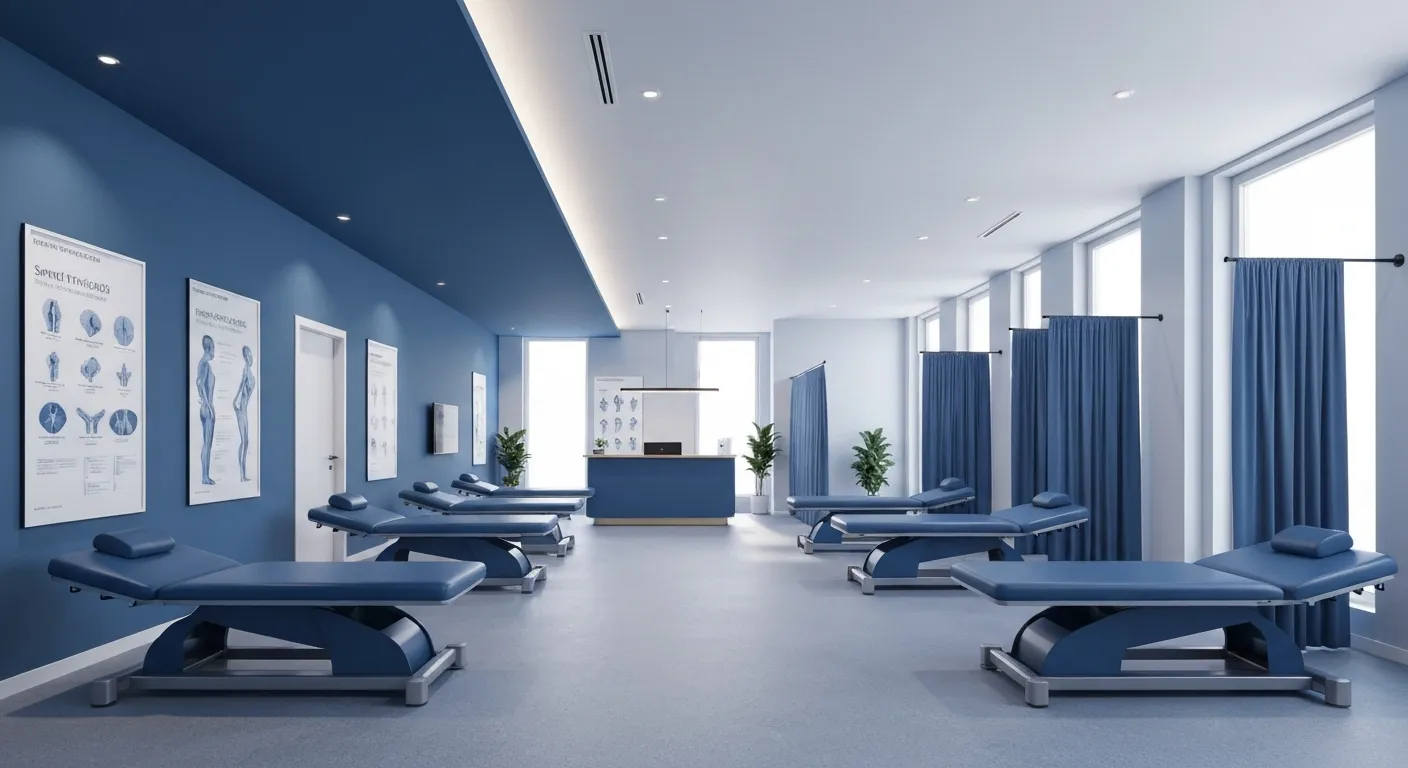
Simple Lifestyle Adjustments to Maintain a Healthy Spine
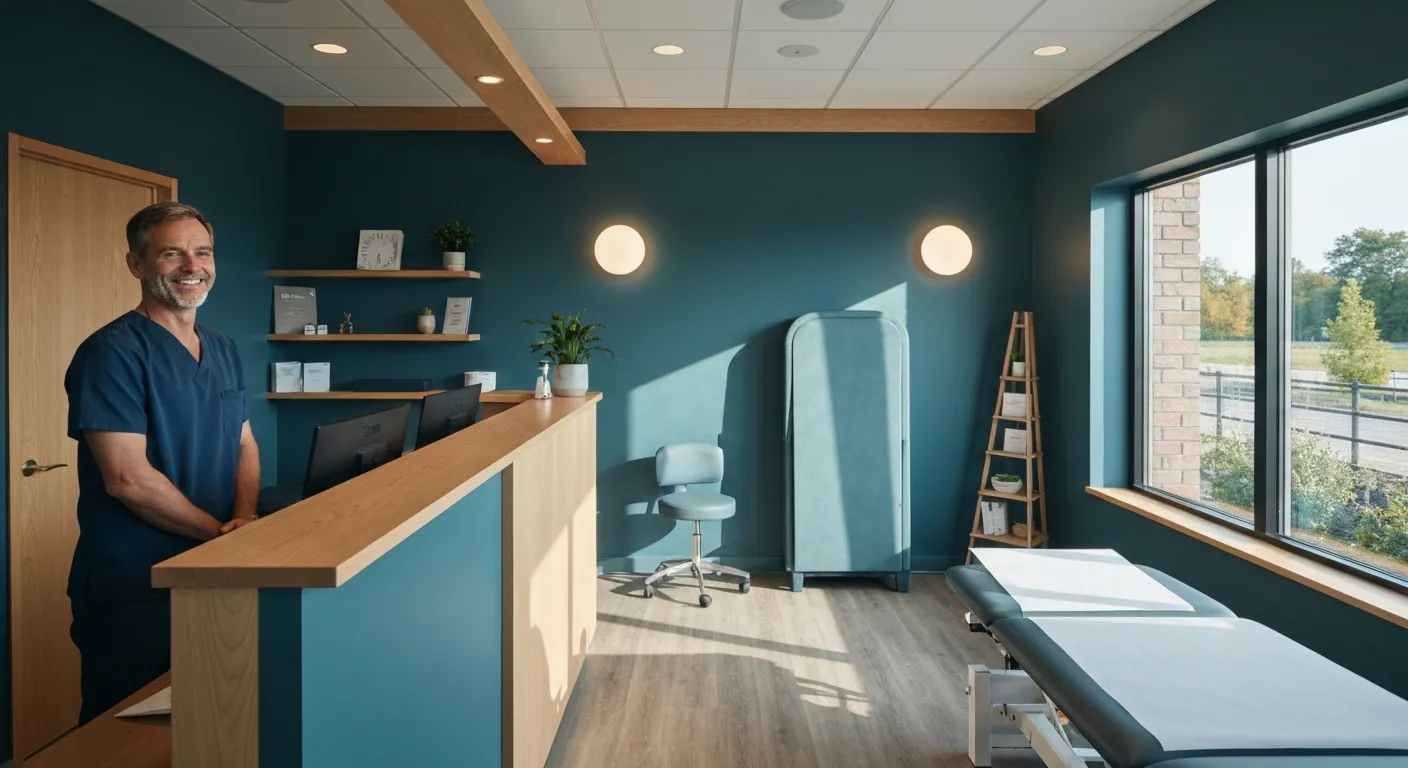
Personalized Nutritional Counseling for Improved Health Outcomes

Exploring Non-Surgical Treatments for Spine-Related Conditions
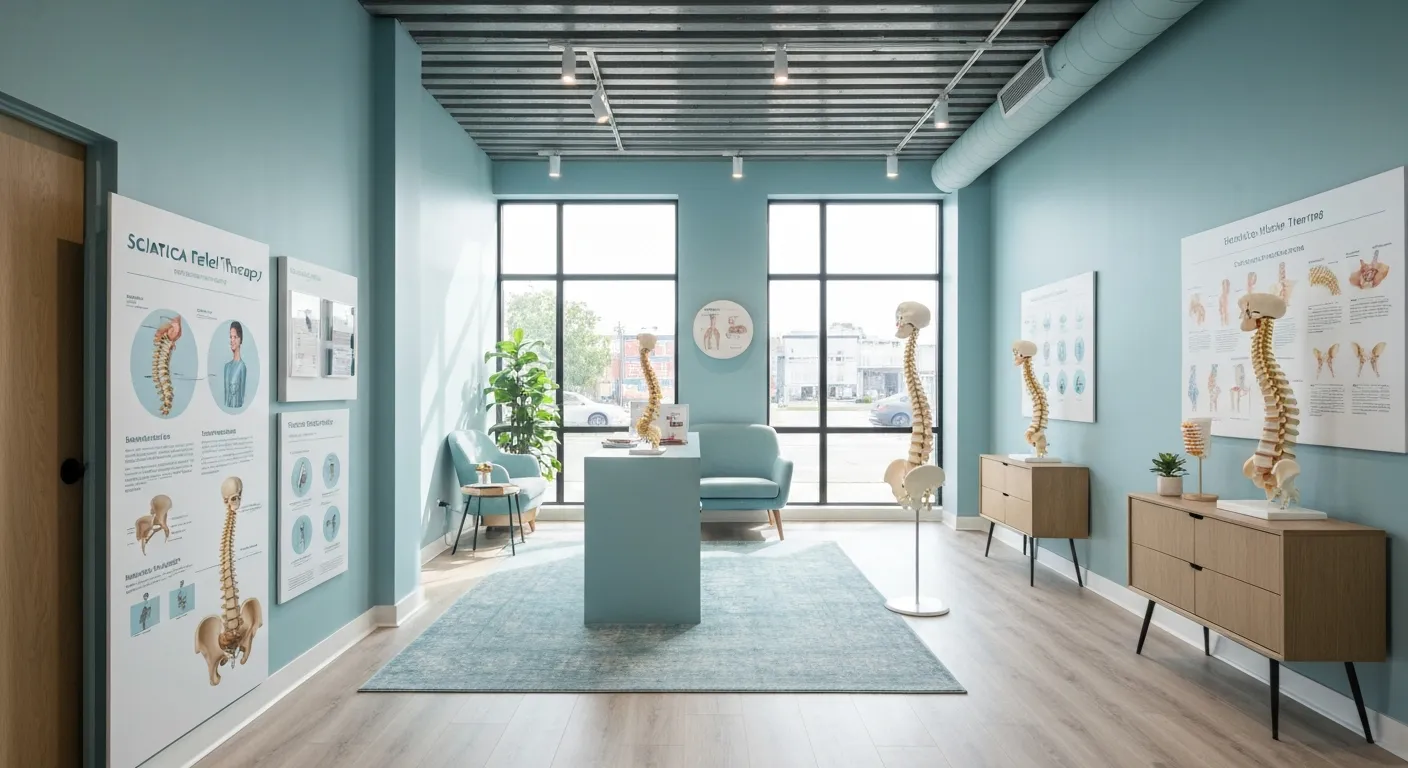
An Introduction to Spinal Decompression for Sciatica Patients
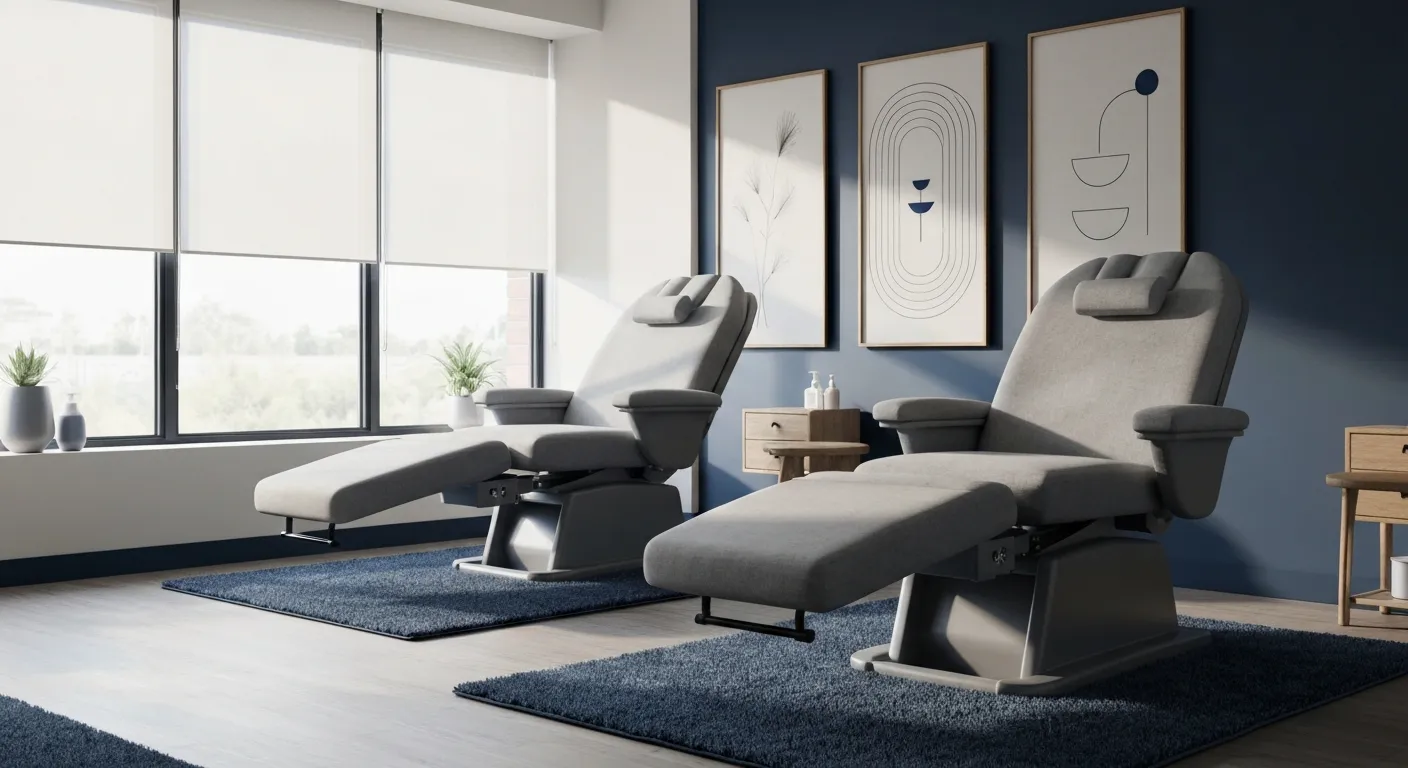
Transformative Success Stories: Patient Experiences with Chiropractic Treatments
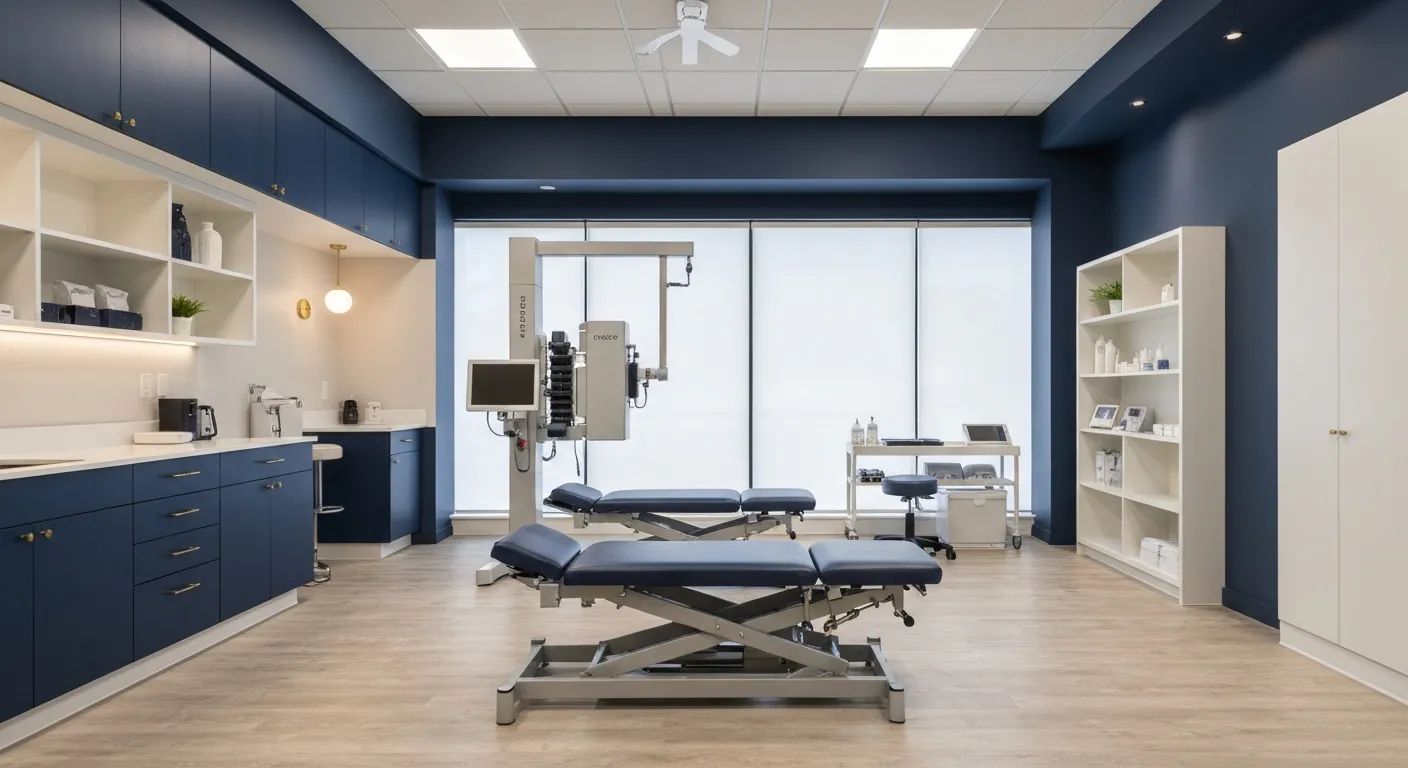
Why Chiropractic Care Is Essential for Back Pain Relief

Addressing Underlying Causes Versus Symptom Management in Pain Care

The Role of Nutrition in Enhancing Chiropractic Treatment Effectiveness

Sciatica Treatment Options: Is Spinal Decompression Right for You?
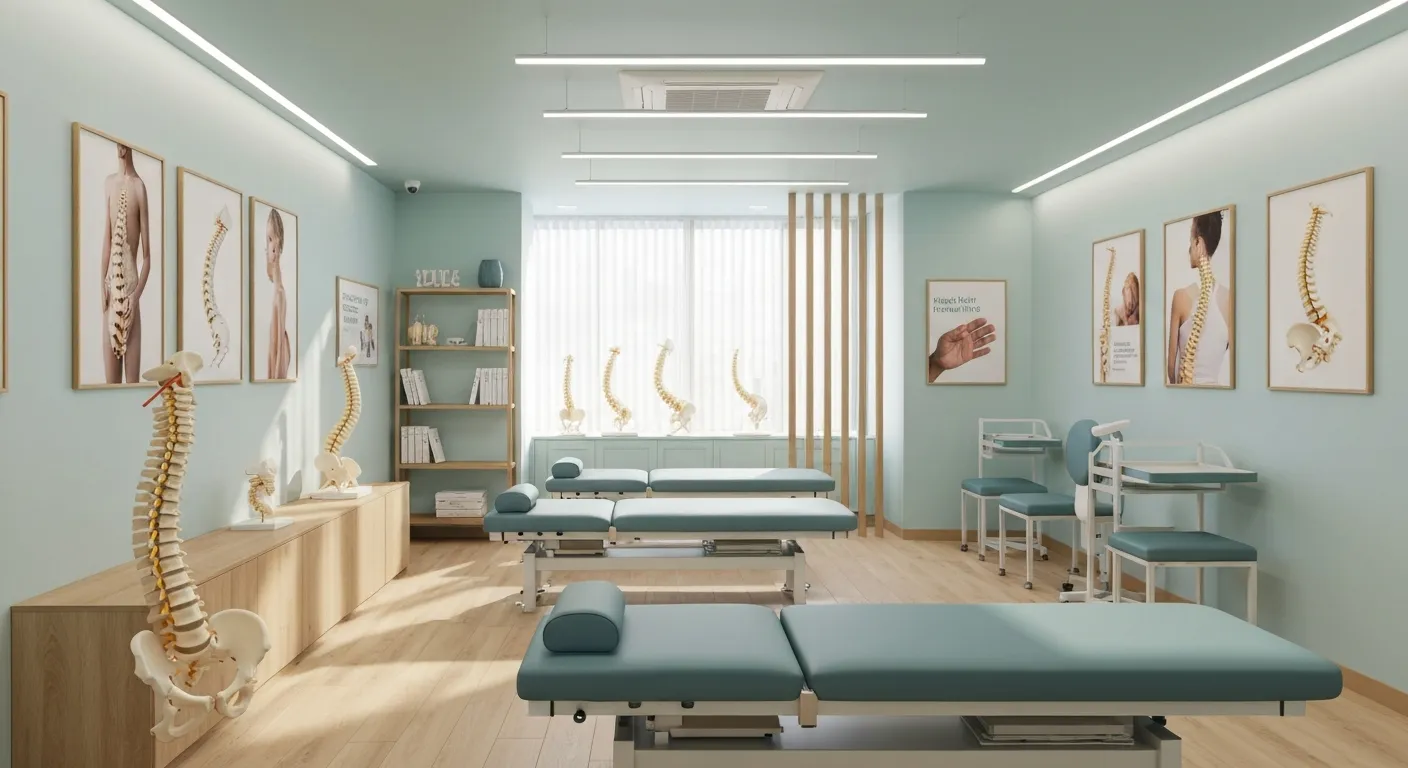
Lifestyle Tips to Maintain a Healthy Spine and Prevent Back Issues
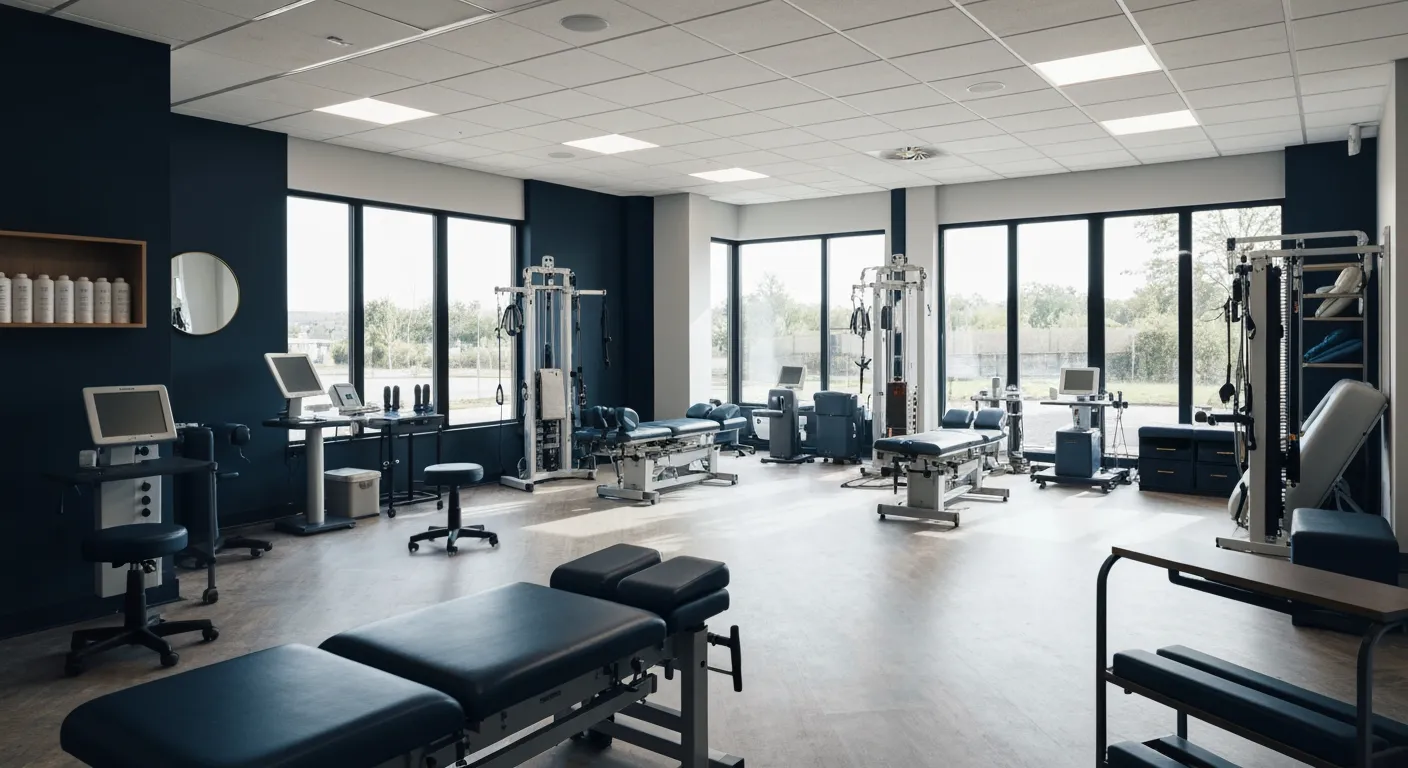
The Synergy Between Physiotherapy and Chiropractic Treatments

What Happens During Your Initial Chiropractic Consultation

Effective Corrective Exercises for Sustainable Pain Management

Taking a Root Cause Approach to Chronic Pain Management

Holistic Pain Management Techniques Without Surgery

How Patient Success Stories Validate Chiropractic Care Benefits

Spinal Decompression: Innovative Treatment for Sciatic Nerve Pain

Spinal Decompression Therapy: A Non-Invasive Approach to Sciatica Relief

Exploring Holistic Approaches Beyond Surgery for Pain Relief

Practical Lifestyle Advice to Support a Healthy Spine Every Day

Corrective Exercise Routines Designed for Long-Term Pain Prevention

Real Patient Stories: Overcoming Chronic Pain with Chiropractic Care

Lifestyle Changes That Promote a Healthy Spine and Prevent Injury

How Addressing the Root Cause of Pain Leads to Lasting Relief

Non-Surgical Holistic Therapies to Manage Chronic Pain Effectively

Nutritional Counseling's Impact on Physical Health and Healing

Benefits of Regular Chiropractic Care for a Stronger Back

Your First Chiropractic Visit: What to Expect and How to Prepare

Patient Experiences: How Chiropractic Care Transformed Their Lives

Exploring Holistic, Non-Surgical Options for Pain Management

Combining Physiotherapy with Chiropractic Treatments for Enhanced Recovery

Holistic Treatments That Offer Alternatives to Surgery for Pain Relief

Corrective Exercise Strategies for Long-Term Spine Health

How Physiotherapy Complements Chiropractic Adjustments for Better Outcomes

First-Time Chiropractic Visitors: What You Should Know

Understanding the Importance of Treating Pain at Its Source

Adopting Lifestyle Changes to Support Your Spine's Wellness

Utilizing Physiotherapy to Enhance Chiropractic Treatment Outcomes

The Key Advantages of Chiropractic Care for Back Pain Sufferers

Why Focusing on Root Causes Improves Pain Treatment Success

Corrective Exercises That Promote Lasting Pain Relief and Mobility

Sciatica Relief Through Targeted Spinal Decompression Techniques

Preparing for Your First Chiropractic Appointment with Confidence

Healthy Lifestyle Habits for Maintaining Spinal Alignment

Success Stories Highlighting Chiropractic's Role in Pain Recovery

Top Benefits of Chiropractic Care for Chronic Back Pain

Nutrition Tips to Boost Your Overall Wellness and Recovery

How Chiropractic Care Alleviates Back Pain Naturally

How Nutritional Counseling Supports Overall Wellness and Spine Health

Step-by-Step Guide to Your First Visit with a Chiropractor

Using Nutrition to Support Chiropractic and Overall Wellness

Integrating Physiotherapy in Your Chiropractic Healing Journey

How Physiotherapy Complements Chiropractic Adjustments for Faster Healing

Lifestyle Tips for Maintaining a Healthy Spine and Preventing Back Pain

Heartwarming Patient Testimonials Highlighting Chiropractic Success

How Proper Nutrition Supports Chiropractic and Physiotherapy Treatments

Combining Physiotherapy and Chiropractic Treatments for Optimal Recovery

Why Chiropractic Treatments Are Effective for Managing Back Pain

Choosing a Chiropractor: Tips for Finding a Trusted Provider

Integrating Physiotherapy and Chiropractic: Benefits and What to Expect

How Tailored Corrective Exercises Can Aid in Pain Management

Chiropractic Care: A Proven Solution for Alleviating Back Pain

What to Expect at Your First Chiropractic Visit: A Comprehensive Guide

The Importance of Root Cause Analysis in Effective Pain Management
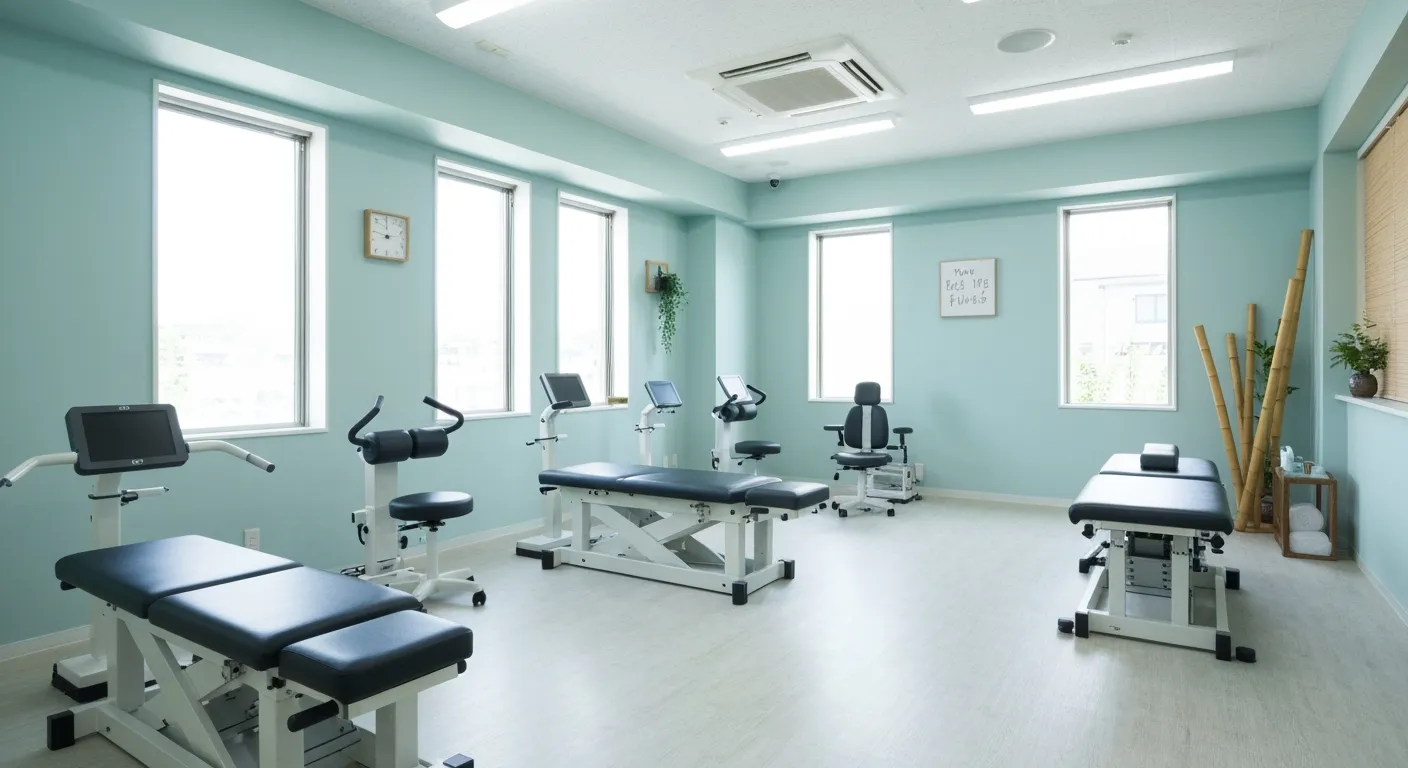
The Role of Corrective Exercises in Sustaining Pain-Free Living

Combining Chiropractic and Physiotherapy for Comprehensive Pain Relief

How Addressing Underlying Causes Improves Pain Treatment Effectiveness

Maintaining Spinal Health Through Lifestyle Changes and Preventive Care
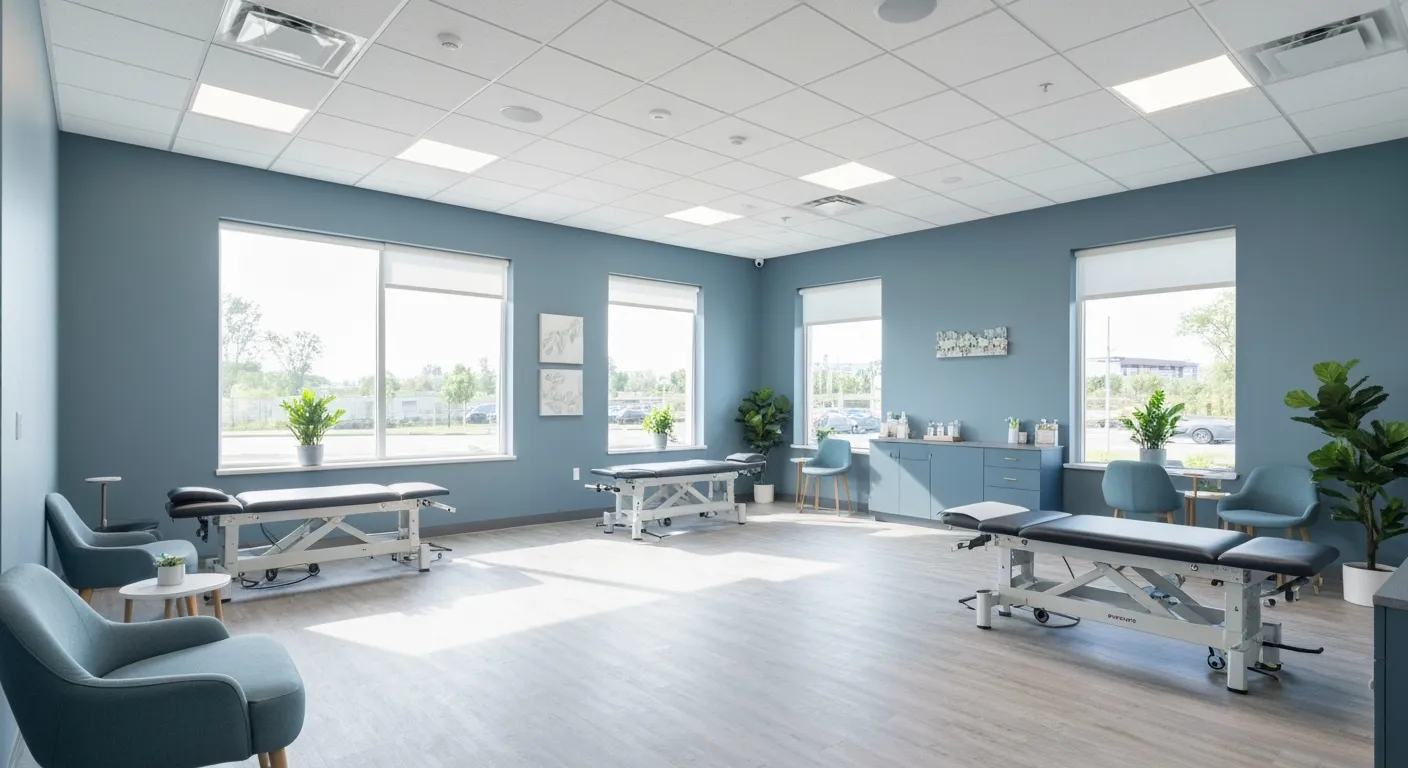
Understanding the Benefits of Chiropractic Adjustments for Back Pain Sufferers

Spinal Decompression Therapy: A New Hope for Sciatica Relief

Lifestyle Recommendations to Support a Healthy Spine and Reduce Pain
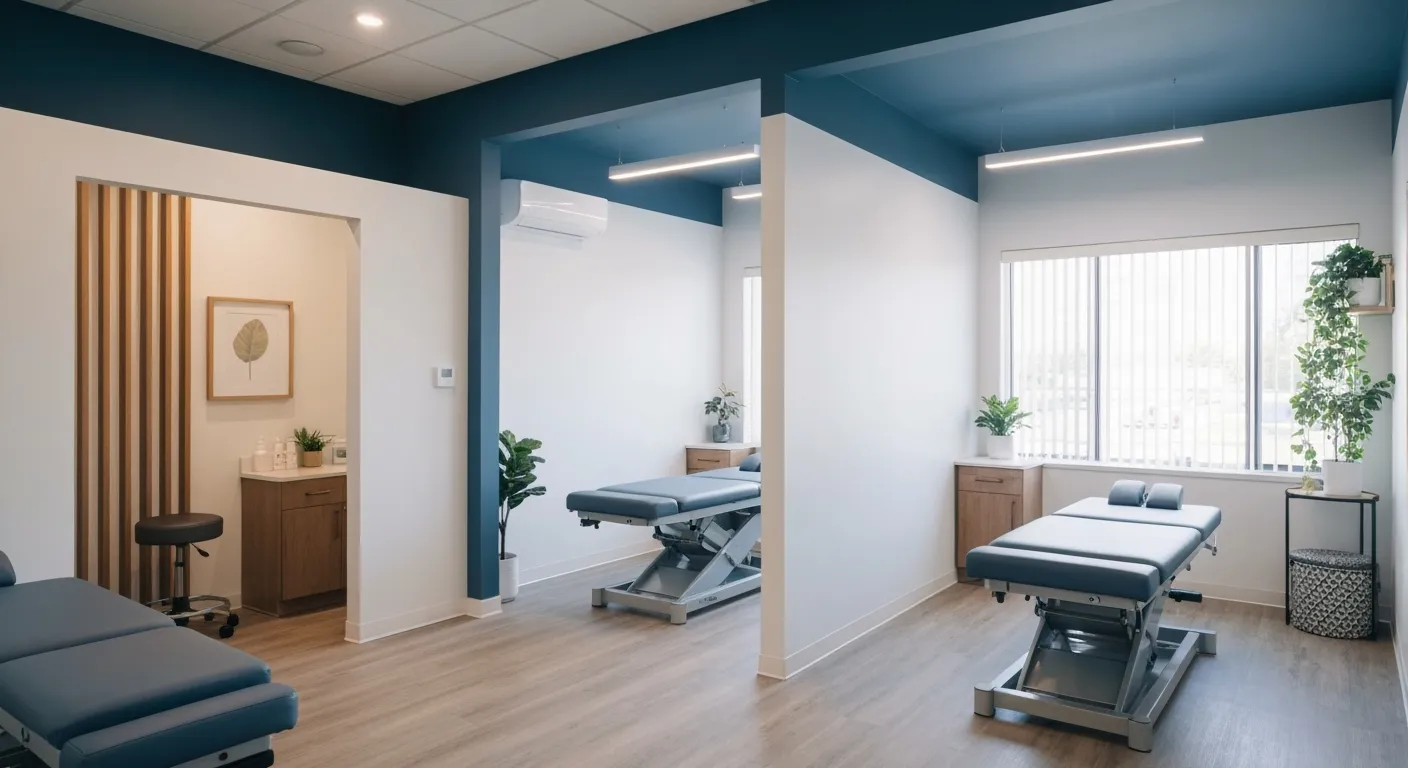
Choosing the Right Chiropractor: Key Factors to Consider Before Your First Appointment

Non-Invasive Treatment Alternatives: A Holistic Approach to Pain Relief

Corrective Exercises to Support Long-Term Relief from Chronic Pain

Exploring Non-Surgical Approaches to Spine Health and Wellness

Tips for Daily Habits That Keep Your Spine Strong

Success Stories: How Chiropractic Treatments Changed Lives

Why Focusing on the Root Cause of Pain Leads to Better Outcomes

Nutritional Counseling and Its Impact on Overall Wellness and Recovery

Patient Testimonials That Showcase the Power of Chiropractic Care

Preparing for Your First Chiropractic Appointment: What You Need to Know

Holistic Treatment Options: Beyond Surgery for Pain Relief

Holistic Pain Relief Methods That Avoid Surgery

Nutritional Strategies for Supporting Spine Health and Recovery
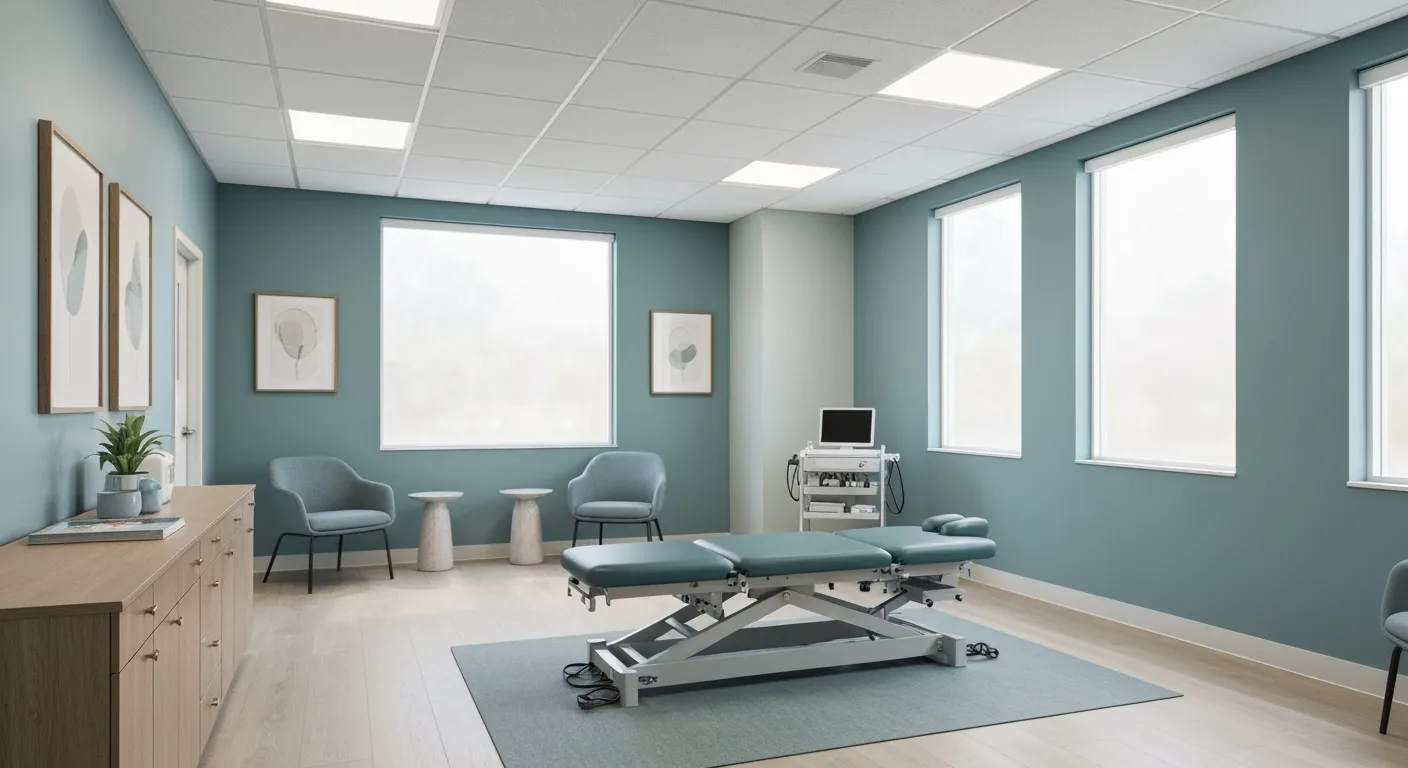
First Chiropractic Visit: What Happens and How to Prepare

Chiropractic Patient Success Stories: Inspiring Journeys to Wellness
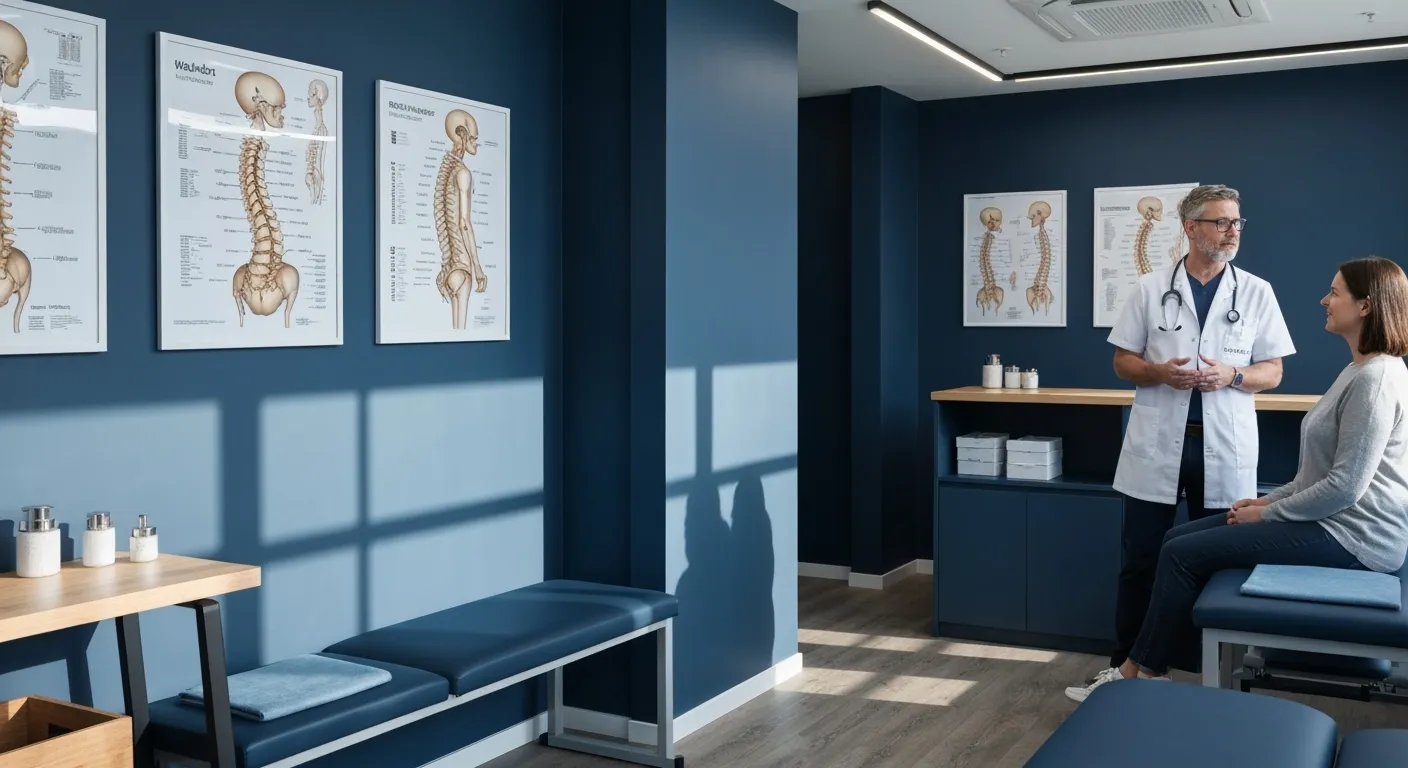
Effectiveness of Spinal Decompression Therapy in Managing Sciatic Nerve Pain

Addressing Pain at Its Source: Why Treating the Root Cause Matters

Corrective Exercise Programs Designed for Long-Term Pain Prevention

Healthy Lifestyle Advice for Maintaining Spinal Alignment
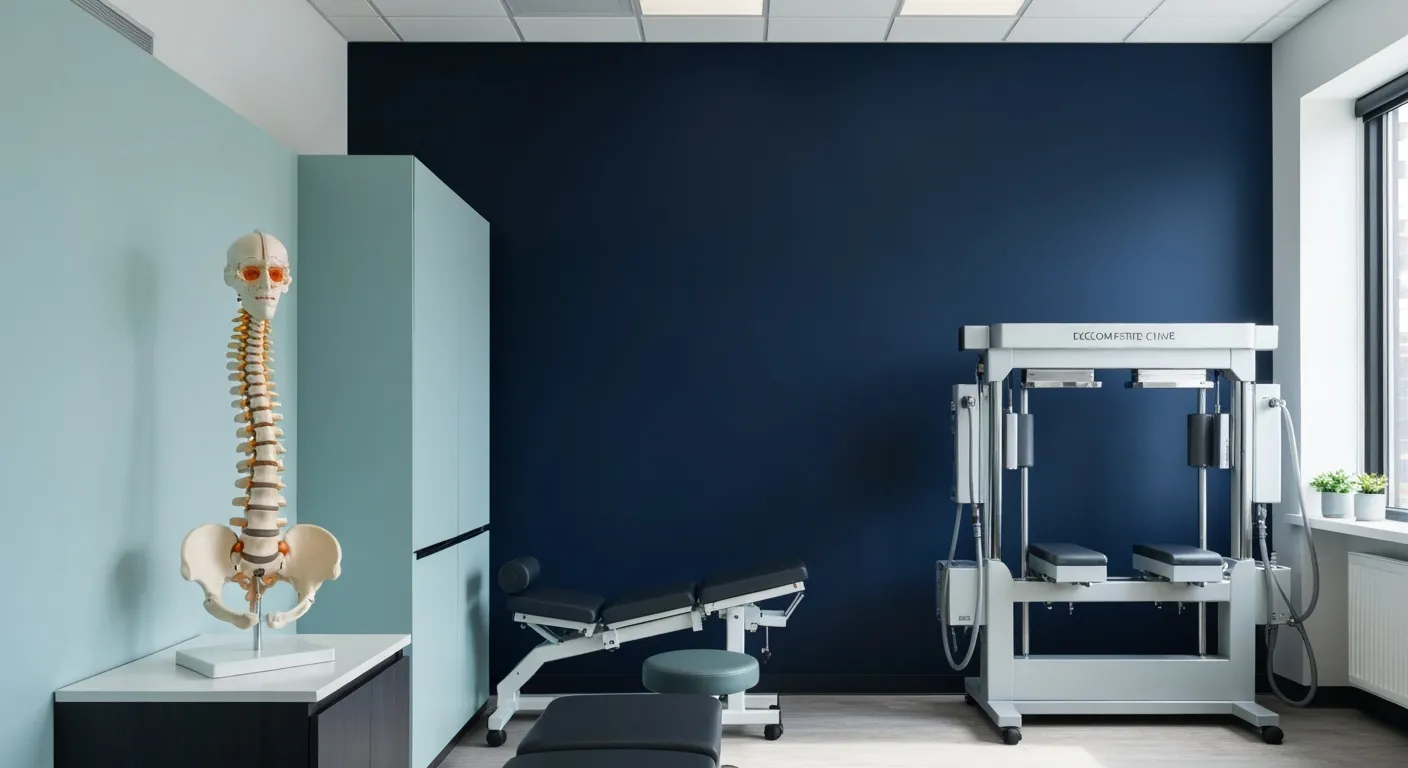
Understanding Spinal Decompression as a Treatment for Sciatica Pain
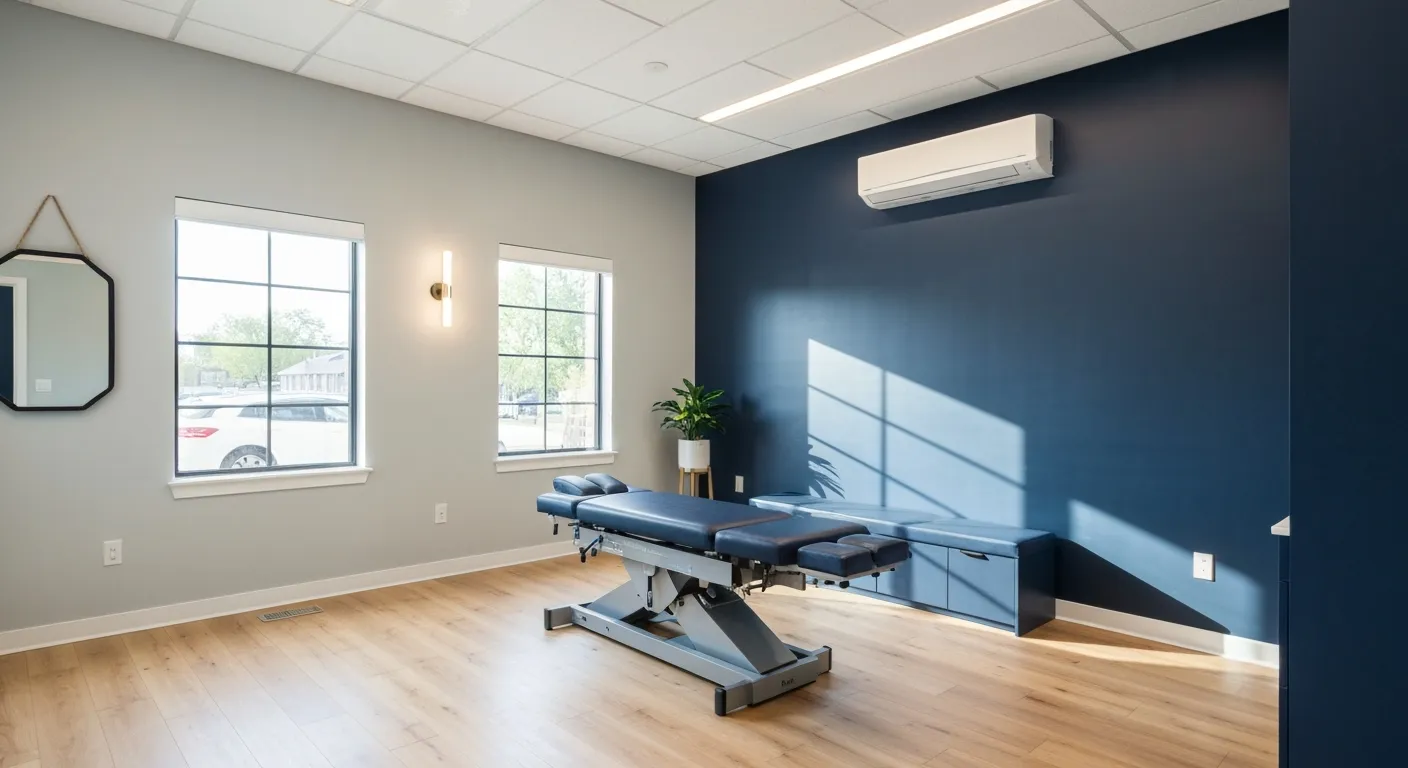
Benefits of Chiropractic Care Specifically for Back Pain Relief

Understanding Gait Analysis in Physiotherapy
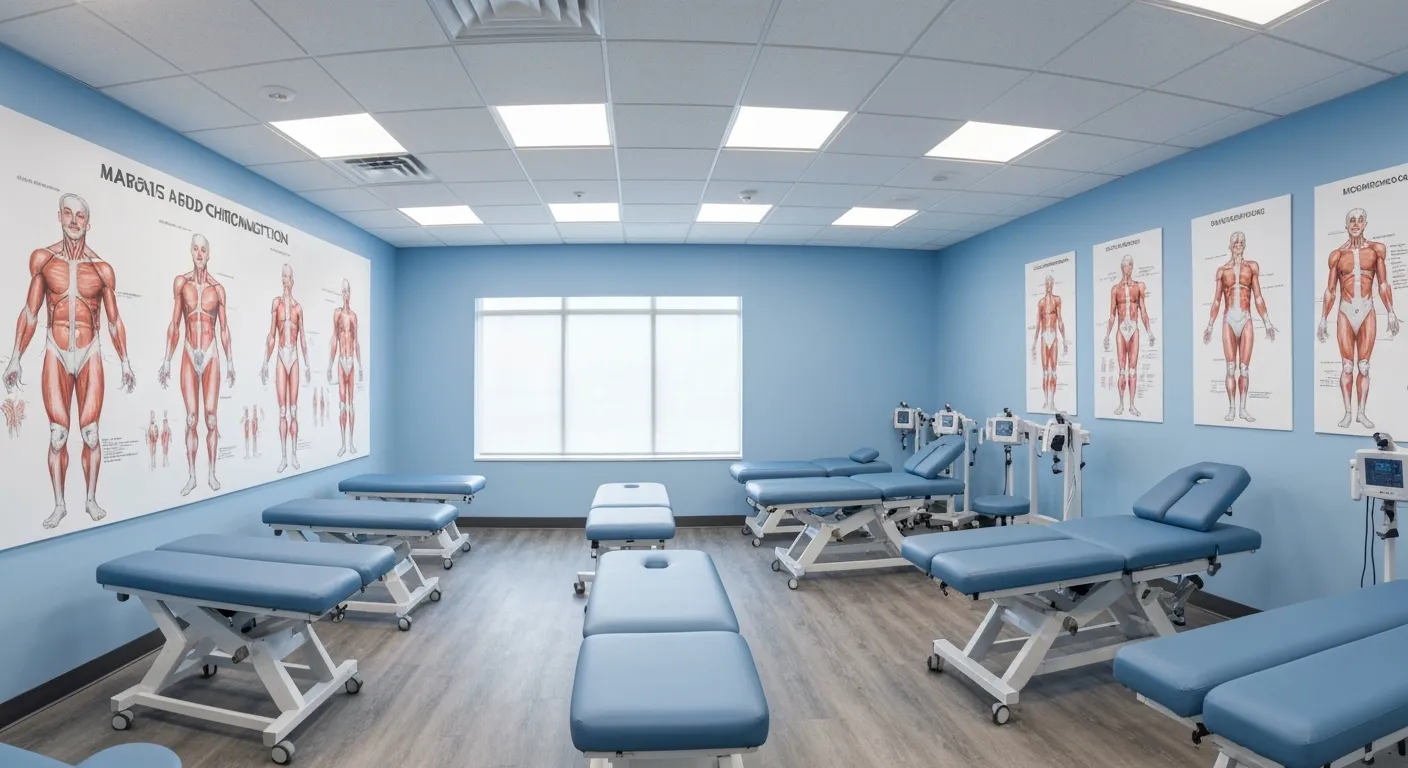
The Difference Between Muscle Soreness and Dysfunction

Workplace Stress Statistics: How Muscle Tension Impacts Productivity

How Physiotherapy Improves Mobility for Seniors

How to Communicate Pain Levels to Your Therapist Effectively
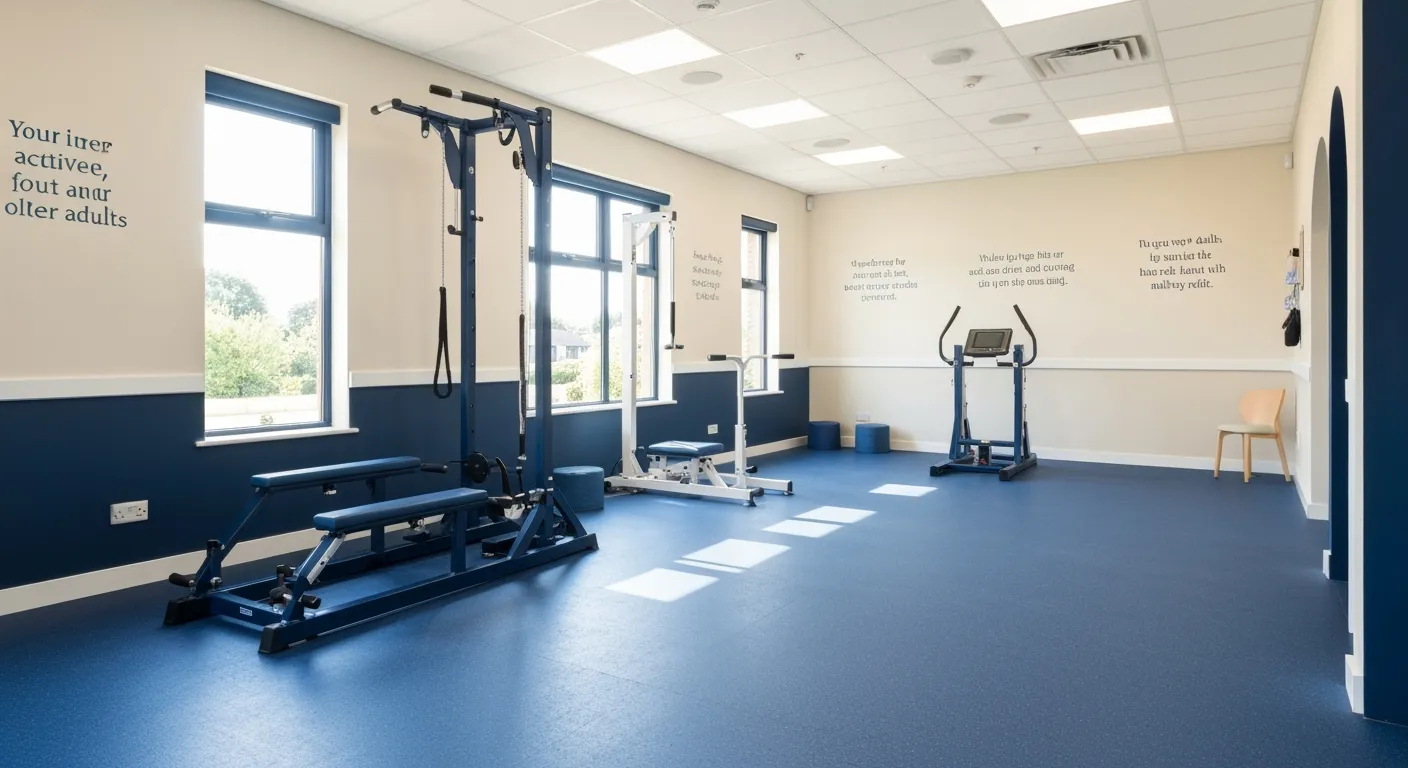
Physiotherapy Interventions for Balance and Fall Prevention

How Physiotherapy Helps Post-Surgical Recovery

